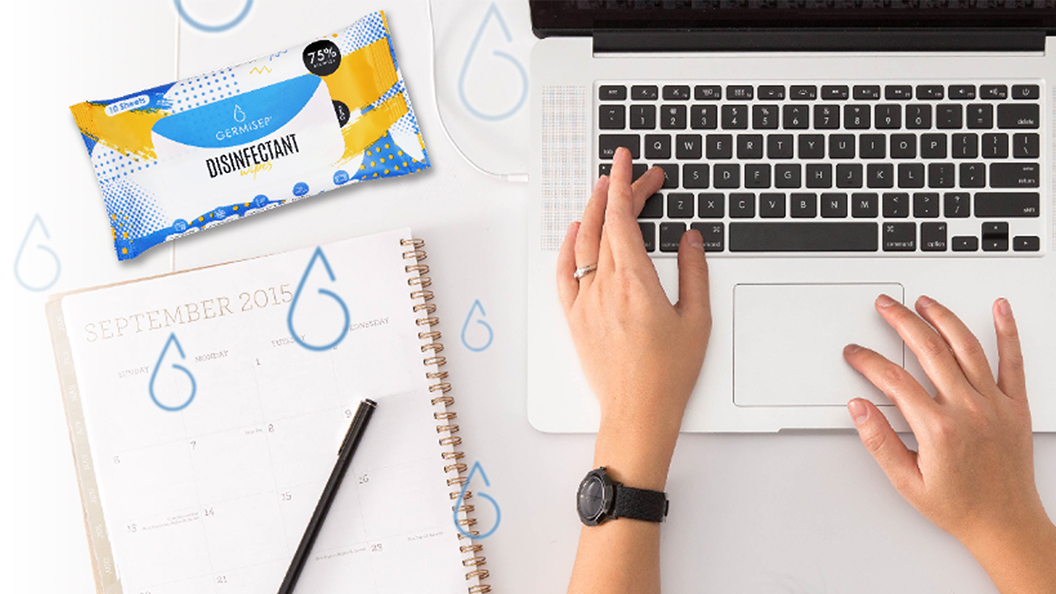
Cleaning Wipes vs Sanitizing Wipes: Which is Best for Your Home?
Keeping your home spotless and germ-free has become more important than ever, but knowing which products to use can make all the difference. While both cleaning wipes and sanitizing wipes look similar, they serve very different purposes. This guide breaks down their differences, where to use them, and how to maintain a hygienic home with the right choice for every situation. By the end, you’ll know exactly when to reach for each type — from kitchen counters to children’s play areas.
The Growing Focus on Home Hygiene
In recent years, families have become increasingly aware of hygiene standards in their living spaces. From wiping down dining tables after meals to disinfecting high-touch areas like doorknobs and switches, the demand for easy-to-use solutions has surged. This has led to a boom in convenient products like cleaning wipes, designed to remove visible dirt quickly, and sanitizing wipes, which target bacteria and viruses that can’t be seen.
But the question remains: which is better for your home? To answer that, it’s important to understand what each wipe actually does.

Understanding the Difference: Cleaning vs Sanitizing
At first glance, cleaning wipes and sanitizing wipes might seem interchangeable — both come in handy canisters and are used with a simple swipe. However, their functions are quite distinct.
Cleaning wipes are made to remove dirt, dust, and grime from surfaces. They’re perfect for visible messes like spills or fingerprints and are commonly used on kitchen counters, furniture, and other general household areas. Most cleaning wipes don’t contain disinfectants, so while they make surfaces look clean, they don’t necessarily kill germs.
Sanitizing wipes, on the other hand, are formulated with active disinfecting agents such as alcohol or antimicrobial compounds. Their purpose goes beyond cleaning — they’re meant to reduce or eliminate bacteria and viruses. These wipes are best for high-risk areas like food preparation zones, bathroom fixtures, and door handles, where hygiene is more important than appearance.
When to Use Each Type at Home
To make the most of both, use them strategically depending on the situation.
Use Cleaning Wipes for:
- – Wiping spills and stains on kitchen counters or dining tables
- – Cleaning dust off shelves and decorative items
- – Quick clean-ups after meals or playtime
Use Sanitizing Wipes for:
- – Disinfecting cutting boards after preparing meat
- – Wiping down bathroom taps, toilet handles, and door knobs
- – Cleaning your phone, remote control, or light switches
A practical routine might look like this: use cleaning wipes first to remove visible dirt, then follow up with sanitizing wipes for disinfection when necessary. This two-step method ensures both cleanliness and hygiene.

Common Misconceptions About Sanitizing
One common myth is that sanitizing wipes can clean just as well as cleaning wipes. While sanitizing wipes kill bacteria, they don’t always remove dirt or grease effectively. Similarly, cleaning wipes that lack disinfectants won’t necessarily eliminate germs.
Another misconception is that using sanitizing wipes frequently is harmful. Quality products, including those available under Sanitizing Wipes Malaysia, are safe for regular use on most household surfaces when used according to instructions. The key is to let the surface stay wet for the contact time stated on the label — usually 30 seconds to a few minutes — for full germ-killing power.
How to Make the Most of Your Wipes
Here are a few best practices to ensure you’re using wipes effectively and safely at home:
- Read the label – Not all wipes are safe for all surfaces. Avoid using alcohol-based wipes on untreated wood or delicate finishes.
- Store properly – Keep the lid tightly sealed to prevent wipes from drying out.
- Use one per area – Don’t reuse the same wipe for multiple surfaces to prevent cross-contamination.
- Dispose responsibly – Always throw wipes in the bin, not the toilet, as they can clog plumbing.
- Combine cleaning and sanitizing steps – For optimal hygiene, clean first, then sanitize high-touch surfaces daily.
These habits ensure your cleaning routine is both effective and efficient, especially in households with children, pets, or elderly family members.

Frequently Asked Questions
- Can I use cleaning wipes and sanitizing wipes interchangeably?
Not quite. Cleaning wipes remove visible dirt, while sanitizing wipes kill germs. For best results, use cleaning wipes first, followed by sanitizing wipes where hygiene matters most. - Are sanitizing wipes safe for kitchen use?
Yes, but check the product label. Many brands of Sanitizing Wipes Malaysia are food-safe once the surface has dried completely. Always rinse food-contact surfaces if required by the instructions. - How often should I sanitize surfaces at home?
High-touch areas like door handles, phones, and countertops should be sanitized daily, especially during flu seasons or if someone in the household is unwell. - Can cleaning wipes kill viruses or bacteria?
No — cleaning wipes only remove dirt and grime. They don’t contain disinfecting ingredients. If you want to kill germs, use sanitizing or disinfectant wipes. - Are wipes better than sprays and cloths?
Wipes are convenient and reduce cross-contamination since each one is single-use. However, sprays with reusable cloths can be more eco-friendly when used correctly.
Final Thoughts + Subtle Call to Action
Both cleaning wipes and sanitizing wipes play important roles in keeping your home fresh and healthy. Think of them as a team rather than competitors — one handles dirt, the other ensures hygiene. For everyday use, cleaning wipes keep your space neat, while sanitizing wipes are your defence against invisible germs.
Choosing the right one depends on your needs: daily cleaning or deep hygiene care. By understanding the strengths of each, you can maintain a safer, cleaner home for your family.
For more tips and reliable hygiene solutions, visit germisep.com.